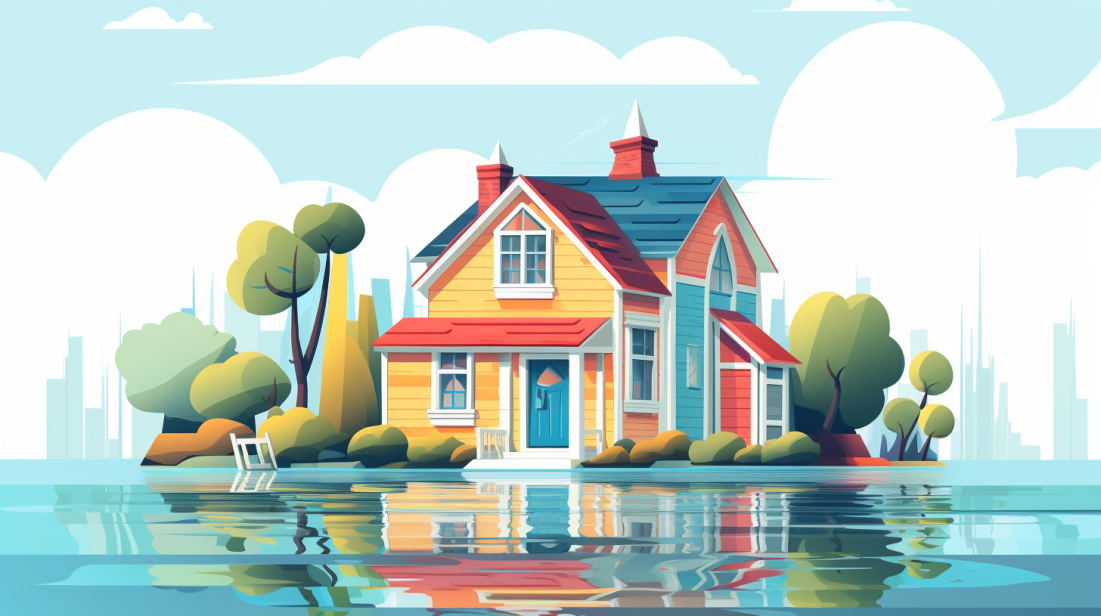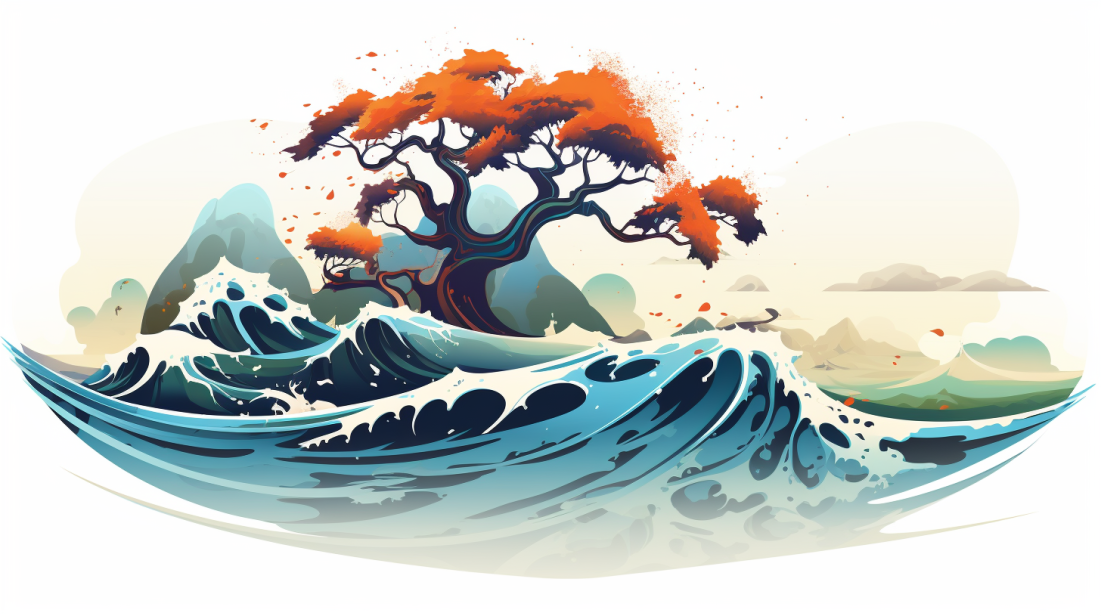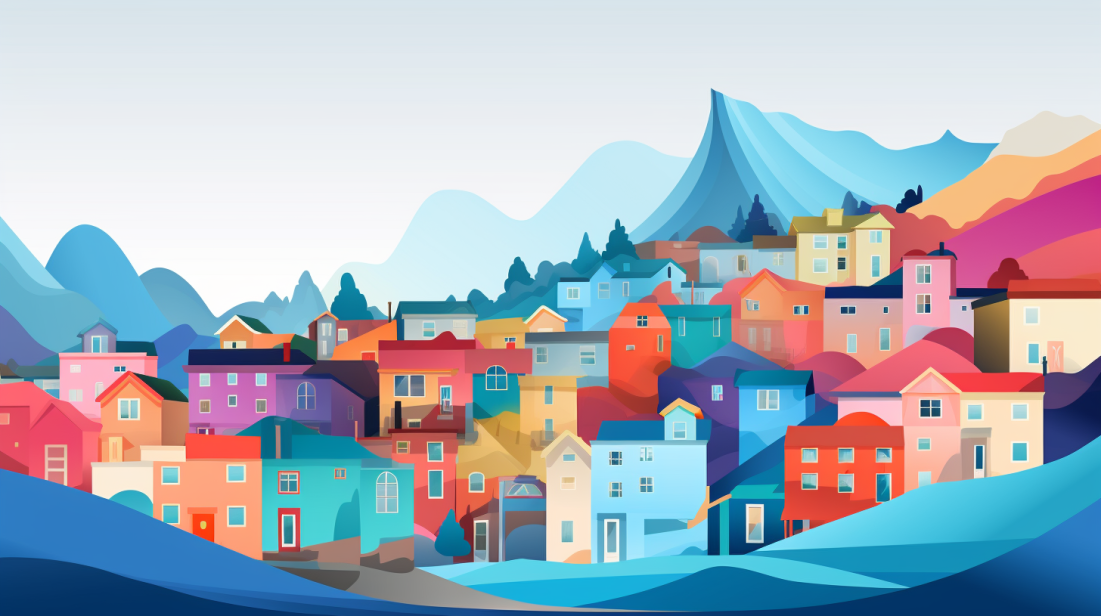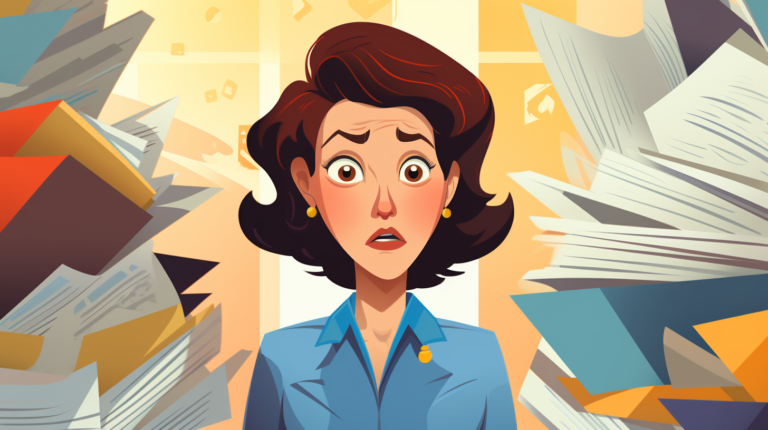Insurance In Natural Disasters: What To Know

Key Takeaways
- Home insurance covers damage from tornadoes, fires, cold weather, and more. It does not pay for floods or earthquakes.
- You need to buy separate flood insurance to cover water damage. This is very important if you live in a place that has many storms or floods.
- Catastrophe insurance pays for big disasters like earthquakes and floods. These events don’t happen often but cause a lot of damage when they do.
- Living in areas with many natural disasters can make home insurance cost more. Companies may not even sell policies there because it’s risky. You might need to get extra coverage which will cost more money.
Understanding Home Insurance Coverage in Natural Disasters
 A standard homeowners insurance policy (HO-3 Special Form) generally provides coverage for a range of natural disasters, from tornadoes and fires to lightning and extreme cold weather events; it’s vital to understand what’s included in your policy, so you can rest easy knowing that if a disaster strikes, your home and personal property are financially protected.
A standard homeowners insurance policy (HO-3 Special Form) generally provides coverage for a range of natural disasters, from tornadoes and fires to lightning and extreme cold weather events; it’s vital to understand what’s included in your policy, so you can rest easy knowing that if a disaster strikes, your home and personal property are financially protected.Tornadoes
Tornadoes can tear down your home or ruin other buildings. They also toss your things around. Dwelling and personal property coverage in most home insurance help fix these damages. This year, we have seen a rise of weather disasters linked to climate changes costs like those from tornadoes in 2020. Having the right coverage is key to save you from big loss of money if a tornado hits your area.Hurricanes
Hurricanes are wild storms. They come with heavy rain and wind. The damage they cause can cost a lot of money to fix. In the U.S., Hurricane Katrina was the most costly. It cost over $16 billion to make things right again. You need insurance for your home if you live where hurricanes happen often. Most standard homeowners insurance policies cover damage caused by wind and hail in a hurricane. But, flood damage from a hurricane is different. Regular home insurance does not pay for it.Fire and Explosion
Fire and explosion damage can happen in a snap. But don’t worry, most homeowners insurance policies got you covered. The most common type of home insurance policy, HO-3, takes care of these damages. This means if a fire or an explosion hits your house, the policy pays for it. Even tornadoes that cause fire and explosion are covered! But watch out for floods – their damage isn’t usually picked up by standard policies, not even fires caused by them. Hurricane-caused fire and explosions? Those are typically covered under wind and hail damage protection.Lightning and Volcanoes
Lightning can hurt your home. If it does, your homeowners insurance will pay for the damage. Volcanoes can also hurt homes and property. They may cause fires or explosions. Homeowners insurance pays for this too. But if a volcano causes an earthquake, landslide or mudslide, the insurance won’t pay for that damage.Extreme cold weather events
Cold weather can cause a lot of problems. Sometimes the pipes in your house freeze and break. This makes water leak into your home. This is bad news for you and your things! The good news is that most homeowners insurance plans cover this kind of damage. They pay to fix broken pipes, too. But they don’t pay for everything all the time. For example, if you leave your house alone with no heat on purpose, they might not help out. So keep warm and take care of those pipes before it’s too late!Disasters Typically Not Covered by Homeowners Insurance
 While your homeowners insurance may cover a wide array of events, there are typically some natural disasters that fall outside its scope – floods, earthquakes, tsunamis, and nuclear events often require separate policies or endorsements for coverage.
While your homeowners insurance may cover a wide array of events, there are typically some natural disasters that fall outside its scope – floods, earthquakes, tsunamis, and nuclear events often require separate policies or endorsements for coverage.Floods
Floods can cause a lot of harm to your home. But, standard homeowners insurance does not pay for flood damage. To protect your home from floods, you need to buy flood insurance on its own. Flooding is also an issue during hurricanes but normal homeowners insurance won’t cover that either. Many people learned this the hard way in 2022 when the U.S faced 18 major weather and climate disasters each costing over a billion dollars! In fact, in 2020 alone, natural disasters caused $74.4 billion worth of damage as stated by the Insurance Information Institute.Earthquakes
Earthquakes can shake your home and break things. Your regular insurance may not pay for this damage. You can buy extra insurance to cover earthquakes. Sometimes, the shaking from a volcano is also not covered by your usual policy. This extra cost helps you fix or rebuild your house if an earthquake hits. It is very important because earthquakes are seen as high-risk events. They can cause a lot of harm to our homes and belongings.Tsunamis
Tsunamis can bring about big waves of water. This water can cause much harm to a home. Your usual home insurance won’t pay for this damage. But, flood insurance can help you here. You have to buy flood insurance on its own. It is not part of your everyday home coverage plan. Remember to ask an insurance agent about it if you live near the beach or sea!Nuclear events
Nuclear events can cause big problems. These include accidents at nuclear power plants and nuclear weapons. Your home insurance does not pay for damage or loss from these events. Nuclear power plants have their own insurance. This is called nuclear liability insurance. All nuclear power plants must have it. This way, they can handle any issues that happen there.Exploring Catastrophe Insurance
 Don’t be left financially vulnerable when disaster strikes; delve deeper into catastrophe insurance, understand its meaning, how it works, and how it differs from hazard insurance. For a comprehensive guide on protecting your valuable assets against natural catastrophes and the benefits of having such cover, keep reading.
Don’t be left financially vulnerable when disaster strikes; delve deeper into catastrophe insurance, understand its meaning, how it works, and how it differs from hazard insurance. For a comprehensive guide on protecting your valuable assets against natural catastrophes and the benefits of having such cover, keep reading.Meaning and Key Takeaways
Catastrophe insurance is a special type of plan. It helps pay for damages caused by big disasters. These may include earthquakes, floods, or strong winds from hurricanes. This kind of insurance comes into play when the cost is too high for regular plans to cover. The coverage can help you rebuild your home or replace belongings damaged in the disaster. When a huge disaster happens and many homes get hit at once, this policy steps in to help out where it can be hard for other types of insurance to keep up with all the claims coming in at one time.How Catastrophe Insurance Works
Catastrophe insurance steps in when bad things happen. Think of big events like floods or earthquakes. Most times, your regular home insurance does not cover these kinds of disasters. That is where catastrophe insurance comes into the picture! This special kind of insurance covers what normal policies don’t. It pays for damage from unusual events – natural or man-made ones. For instance, you might get a flood insurance if your house is near a river prone to overflowing. Or perhaps an earthquake policy if you live in an area with lots of seismic activity. The way this coverage works is pretty simple: First, you pay fees called premiums to an insurance company monthly or yearly as agreed upon by both parties. In case any disaster specified in the policy occurs and leads to loss or damage to property, relief comes fast! Just call up your insurer and file a claim for the damages done by these big events. Insurance companies handle such huge claims through something known as reinsurance and retrocession agreements with other firms around the globe! These methods help them manage high costs tied with catastrophic losses effectively without breaking down financially.Catastrophe Insurance vs Hazard Insurance
Catastrophe insurance and hazard insurance are two distinct types of coverage that serve different purposes. To help you better understand the differences between the two, I’ve created this comparative table.| Catastrophe Insurance | Hazard Insurance | |
|---|---|---|
| Definition | Catastrophe insurance provides coverage for low-probability, high-cost events that are excluded from standard policies. This can include natural disasters like earthquakes, floods, hurricanes, and even man-made events like riots and terrorist attacks. | Hazard insurance, often part of a home insurance policy, typically covers the high-probability, low-cost risks to your home, such as damage from fire, wind, or vandalism. |
| Risk Management | Reinsurance and retrocession are used to manage the risk associated with catastrophic events. | Risk management for hazard insurance is typically managed through premiums and deductibles. |
| Policy Availability | Special catastrophe insurance is available for specific natural disasters such as floods, hurricanes, tornadoes, earthquakes, and volcanoes. For instance, flood insurance is offered through the National Flood Insurance Program (NFIP) by the federal government. | Hazard insurance is typically included in standard homeowner’s insurance policies. |
| Financial Impact | The financial impact of catastrophe insurance is typically large, given the nature of the events it covers. In 2019, global total economic losses from natural and man-made disasters reached $140 billion. | The financial impact of risks covered by hazard insurance is typically smaller in comparison. |
Getting Insurance in Natural Disaster-Prone Areas
 Living in natural disaster-prone zones requires acquiring appropriate insurance coverage. It’s essential to analyze the risk factors, understand your policy’s wording and seek expert advice before signing any contract. The significance of flood insurance is paramount as most standard homeowner’s policies don’t cover flooding events. Ultimately, securing your financial safety in disaster-prone areas involves mindful decision-making and proactive preparedness measures.
Living in natural disaster-prone zones requires acquiring appropriate insurance coverage. It’s essential to analyze the risk factors, understand your policy’s wording and seek expert advice before signing any contract. The significance of flood insurance is paramount as most standard homeowner’s policies don’t cover flooding events. Ultimately, securing your financial safety in disaster-prone areas involves mindful decision-making and proactive preparedness measures.Considerations and Challenges
Living in areas with high risks of natural disasters poses a big challenge. The cost of insurance can go up. This happens when weather events like floods or hurricanes often occur. Also, some insurers may not cover homes in these places at all. To get coverage, you might need to pay more for your policy. Another struggle is that standard home insurance may not cover some disasters like floods and earthquakes. So extra policies are needed which adds to the cost. It’s also important to be aware of the details in your plan so you won’t be surprised later on if something is not covered.Importance of Flood Insurance
Having flood insurance is key if you live in a place where floods can happen. This kind of insurance pays for the harm floods do to your home. A normal home insurance plan will not pay for this. If snow melts and water gets into your house, that’s a flood too. And only flood insurance will cover it. You can lose a lot of money if a flood ruins your things and you don’t have the right coverage.What to Do If You Have Experienced a Natural Disaster
In the face of a natural disaster, it’s important to take steps right away for safety and recovery. Here are some steps you can follow:- Make sure you and your family are safe. This is the most important step.
- Get in touch with your insurance agent as soon as possible.
- Take photos or videos of the damage before cleaning up or making repairs.
- Keep all receipts if you need to stay somewhere else because your home isn’t safe.
- Create a list of damaged or lost items from your home.
- Work with a claims adjuster sent by your insurance company.
- Keep notes about each talk with your insurance company or agent.
- Be patient, handling a claim after a disaster can take time.
Natural Disaster Preparation Tips
 Knowing what to do before a natural disaster strikes can make all the difference. Here’s a list of crucial steps you should take for emergency preparedness:
Knowing what to do before a natural disaster strikes can make all the difference. Here’s a list of crucial steps you should take for emergency preparedness:- Update Your Insurance: Review your insurance policies annually to ensure you have sufficient coverage. Remember, disasters like floods and earthquakes usually require separate policies.
- Home Inventory: Keep a record of your valuables and personal belongings, with photographs if possible, to expedite any potential claims process.
- Store Important Documents: Save important documents in a secure, accessible location or a digital cloud-based storage system for easy retrieval after an event.
- Create an Emergency Kit: This should include first aid supplies, water, non-perishable food, flashlight and batteries, radio and more as per recommendations by Federal Emergency Management Agency (FEMA).
- Formulate a Communications Plan: Ensure all members of your family know how to communicate during an emergency if separated.
- Develop an Evacuation Plan: Research local shelters or staying options with loved ones out of harm’s way.
- Prepare Your Property: Reinforce structures prone to damage, remove hazards that could amplify the impact of the disaster such as loose branches or damaged roofing.
What Does Flood Insurance Cover in Natural Disasters?
When it comes to natural disasters, navigating flood insurance fine print becomes crucial. Flood insurance covers damage caused by flooding, including destruction to your home’s structure, electrical systems, plumbing, and more. It also provides coverage for personal belongings damaged or destroyed in a flood. Understanding the specifics of your policy is essential to ensure you are adequately protected when faced with a natural disaster.






